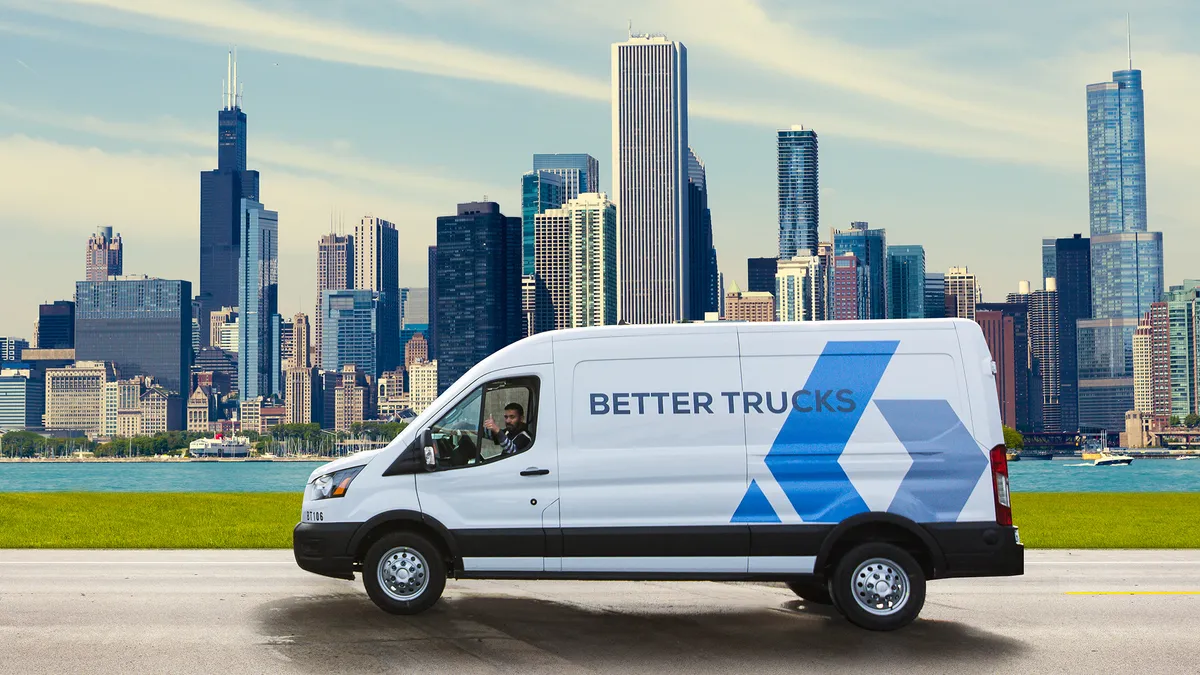Dive Brief:
- Shippers have maintained a diverse mix of last-mile carriers throughout 2024, according to project44 data shared with sister publication Supply Chain Dive.
- The average number of last-mile carriers per company account reached 6.14 in July, a slight increase after three months of relative stability around 6.06. That figure is only a touch lower than the 6.17 recorded in July 2023.
- The growth comes even as top delivery providers FedEx and UPS attempt to regain their market share with aggressive shipping discounts. Smaller carriers are staying competitive by bolstering their services, expanding delivery coverage and offering low rates of their own.
Shippers maintain carrier diversity in 2024
Dive Insight:
While some experts predicted 2024 to be the year shippers reduced their parcel carrier mix, it hasn’t occurred to any significant extent for project44 customers. Project44’s data is predominantly U.S. based and focuses on retail and direct-to-consumer businesses like H&M and Sephora using its supply chain platform.
Carrier diversification has steadily increased since the pandemic strained last-mile capacity, increased shipping costs and incentivized businesses to seek new delivery providers. The trend further accelerated in May 2023 as shippers began contingency planning for a potential UPS strike. Momentum continued even after a new labor contract was ratified, reaching an all-time high of 6.35 last October.
Shippers have shrunk their carrier bases since then, as delivery providers look to secure a larger share of customers’ volume through shipping discounts. While lower rates may hurt profitability, carriers are willing to take the hit to succeed in a soft demand environment.
Still, carrier diversification hasn't declined much for project44’s roster of shippers. And during this period, retailers such as Stitch Fix, Lulu’s Fashion Lounge Holdings and Lovesac added new delivery options in pursuit of savings and stronger service quality.
Whether or not alternative providers can grow their presence in shippers’ carrier mixes remains to be seen. Like FedEx and UPS, they’ve been offering rate discounts to compete for more volume, Micheal McDonagh, president of parcel for AFS Logistics, said in an interview. However, they don’t yet match the range of services or delivery coverage that the top carriers provide.
“You're always going to need a national carrier to move nationally,” McDonagh said.
Editor’s note: This story was first published in Supply Chain Dive’s Logistics Weekly newsletter. Sign up here.












